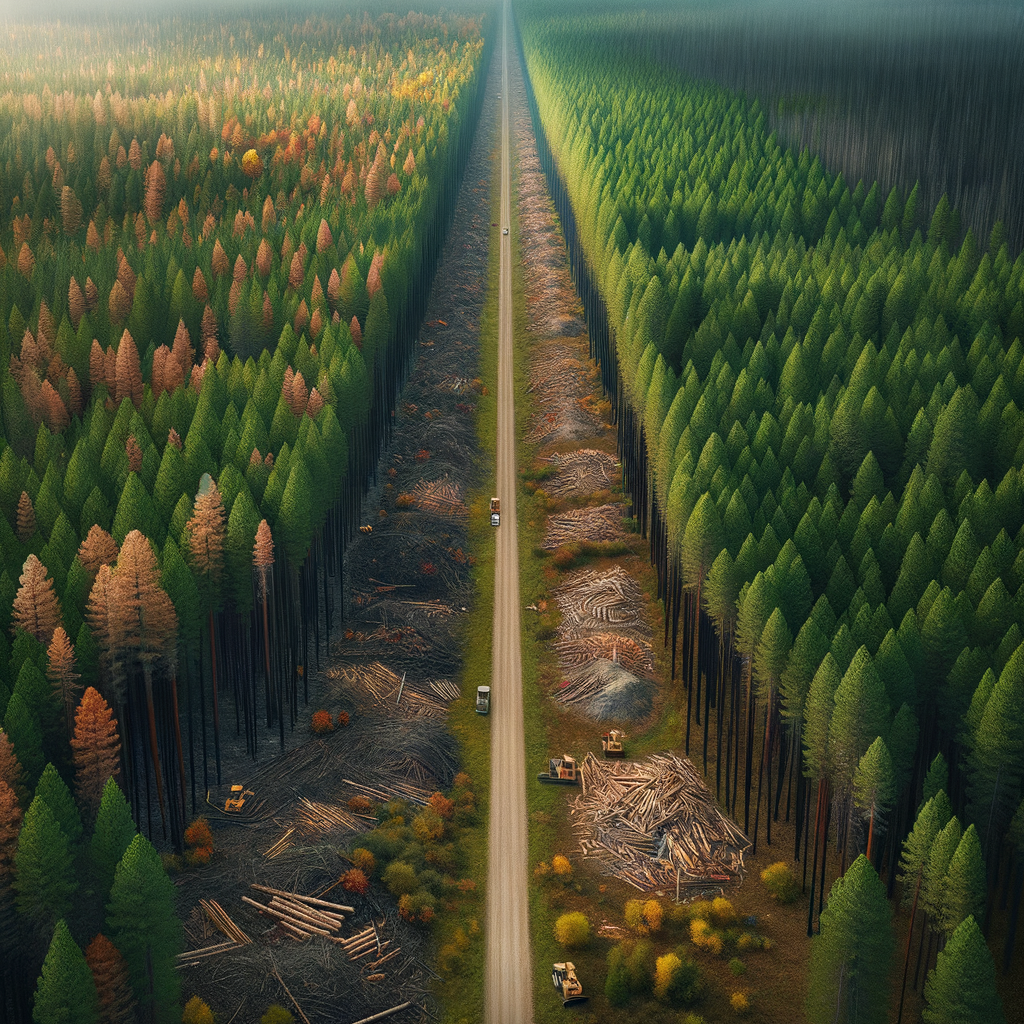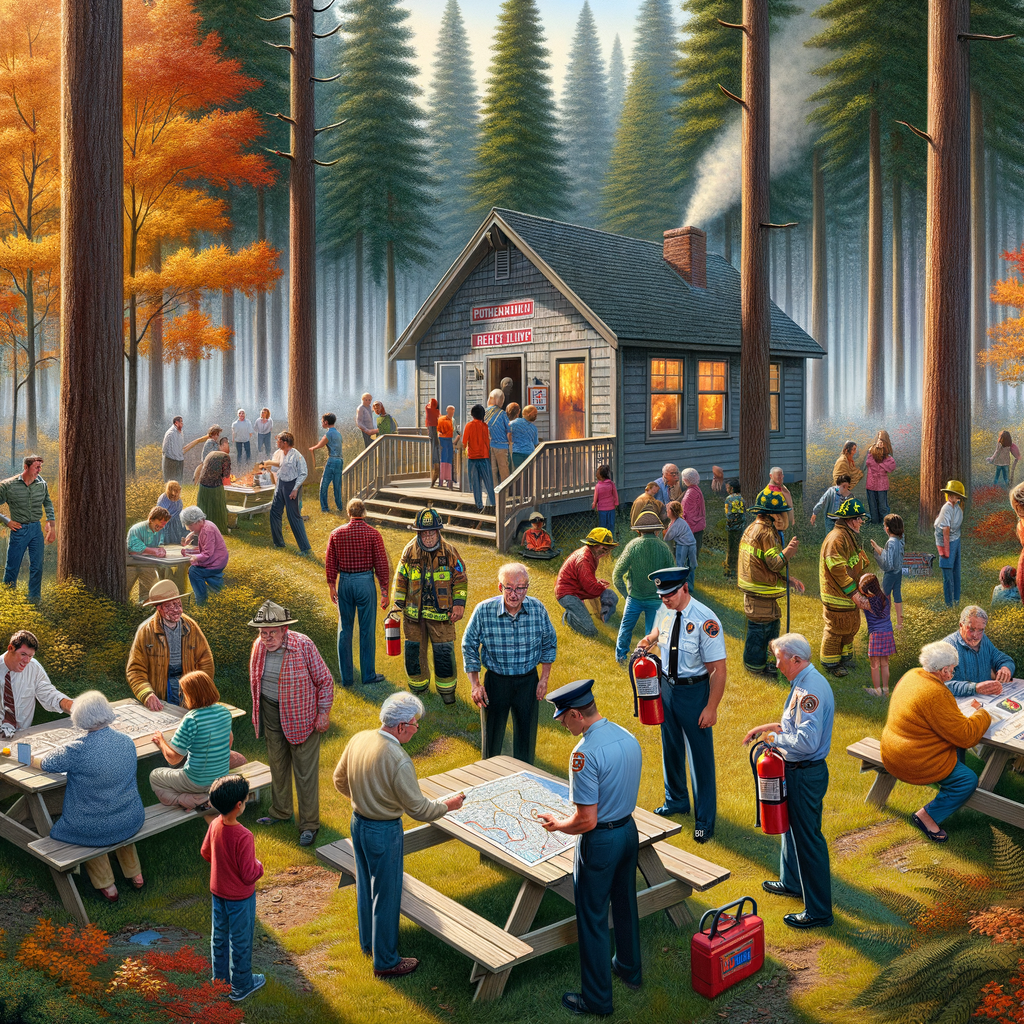Community Seed Collection Drives Insights for November
When I first got involved with reforestation, I quickly saw it is not just about planting trees randomly and hoping they thrive. There is a mix of science, planning, and patience needed to bring a forest back to life. One of the most powerful ways communities contribute is through seed collection drives. These efforts help ensure we restore ecosystems with the right native trees, support biodiversity, and fight climate change.
In this article, I want to share what makes community seed collection so important, how it works, and why it should be a key part of any reforestation strategy. Whether you are a community leader, volunteer, or just curious, these insights will give you a fresh perspective on how local actions grow mighty forests.
Why Community Seed Collection Drives Matter
Forests cover nearly a third of Earth's land, yet deforestation due to logging, farming, urban growth, and fires continues to threaten them. Restoring forests is about more than just planting any tree. It is about choosing the right species that belong there and doing it the right way.
Community seed collection drives help by gathering seeds from local native trees. These seeds come from healthy, mature trees well adapted to the place. Using locally collected seeds improves the chances young trees will survive and thrive. It maintains the natural balance of the ecosystem and supports wildlife that depends on those trees.
By involving community members in seed collection, we build awareness, share knowledge, and create a shared sense of responsibility for the land.
How Seed Collection Drives Work
Organizing a seed collection drive is simpler than many think, but requires timing, care, and coordination.
- Learning about local species: Knowing which trees produce seeds and when they are ripe is crucial. This is where community knowledge shines.
- Finding seed sources: Collectors visit forests, parks, or private lands to harvest seeds sustainably. Only healthy trees and ripe seeds are gathered.
- Processing seeds: After collection, seeds are cleaned, sometimes treated, and can be stored or immediately planted.
- Sharing seeds: Local nurseries or reforestation groups receive seeds to produce seedlings or for direct sowing.
Community drives often include educational workshops and handouts, empowering people with skills in seed identification, harvest techniques, and storage methods.
Benefits of Using Locally Collected Seeds
- Ecological compatibility: Trees grown from local seeds are suited for the climate, soil, pests, and diseases of the area.
- Preservation of genetic diversity: Collecting seeds from multiple trees preserves natural variation, making forests more resilient.
- Higher survival rates: Seedlings from local seeds usually adapt better and grow stronger.
- Community engagement: Drives encourage people to connect with their environment, leading to ongoing conservation efforts.
Overcoming Challenges in Seed Collection
Seed collection is not without challenges. Some seeds are hard to find, have short viability, or require specific treatment to germinate. Weather conditions can affect seed ripening and collection windows. Additionally, training volunteers to correctly identify and harvest seeds is vital to avoid damaging trees or collecting non-viable seeds.
To tackle these obstacles, collaboration with forest experts, local elders, and experienced nurseries is invaluable. Planning collections during peak seed season and using proper storage techniques, such as drying and cool storage, can improve success.
How Seed Collection Supports Reforestation Techniques
Community seed collection is the foundation for many reforestation methods. For example:
- Natural Regeneration: Collecting seeds from native trees near degraded areas can boost natural seed banks.
- Direct Seeding: Locally gathered seeds are sown over large areas, sometimes by hand or aerially, bringing diverse tree species back quickly.
- Planting Seedlings: Nurseries rely on collected seeds to grow seedlings for restoration projects.
- Agroforestry and Silvopasture: Seeds of trees that provide economic value are collected to establish these mixed-use systems, benefiting both people and land.
- Assisted Natural Regeneration: Knowing seed availability helps decide when to nurture natural seedlings or when extra planting is necessary.
- Innovative Methods like Miyawaki: Seed drives ensure the native species mix required by ultra-dense plantation techniques are sourced responsibly.
Making Your Seed Collection Drive a Success
If you want to lead or participate in a seed collection drive, here are my tips from hands-on experience:
- Educate your community about native trees and seed seasons.
- Engage experts to train volunteers on ethical and effective collection.
- Plan well for seed processing and storage.
- Collaborate with local nurseries and reforestation groups to ensure collected seeds are used effectively.
- Document and share your results to inspire continual efforts.
Final Thoughts: Every Seed Counts
Our planet needs forests more than ever. Community seed collection drives are simple but powerful actions that help restore land with the right mix of native trees. They bring people together, build knowledge, and lay the foundation for resilient, thriving forests.
No matter your role or background, you can make a difference by supporting or organizing these drives. Each seed collected, cared for, and planted is a step toward healing our Earth for future generations.
If you have stories, questions, or tips on seed collection drives, I invite you to share them below. Let us keep growing together.
Thank you for reading. Here's to a fruitful seed season this November!



